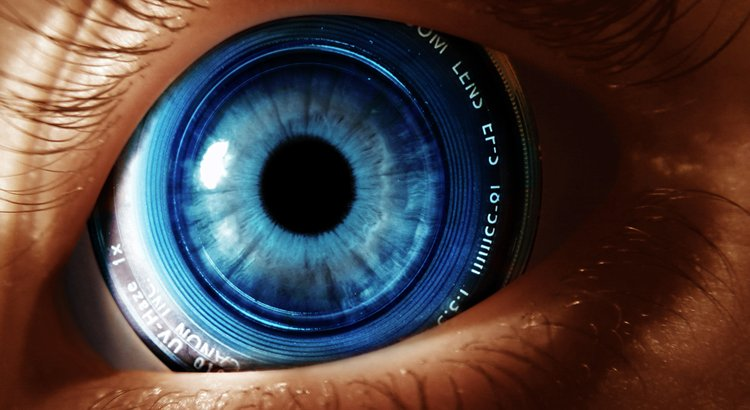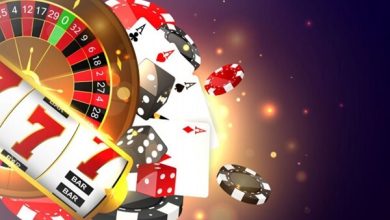Photographic Memory As A Phenomenon Of Human Capabilities

People always admire a good memory. It is because it is always easier for such people to study and fulfill their duties, conquer women and achieve success in all areas. However, photographic memory is an extremely rare natural phenomenon. A happy owner of this type of memory can look at a document and reproduce the contents of it precisely to one word, even after several years.
What Is Photographic Memory?
Photographic memory is a type of long-term memory that involves remembering everything that a person has seen in great detail in the past.
Many confuse this type of memory with eidetic, a short-term memory type that involves remembering images in minute detail but for a few seconds.
Another difference between these types of memory is that photographic memory is generally considered an innate talent extremely difficult to develop artificially, while eidetic is easily improved.
Who Had A Photographic Memory?
History knows only a few people who are amazed at their incredible photographic memory. Among them:
- Nikola Tesla – physicist, inventor;
- Theodore Roosevelt – 26th US President and Nobel Peace Prize laureate;
- Sergei Rachmaninov – famous composer;
- Pope John Paul II – head of the Catholic Church;
- Julius Caesar – Roman general.
As you can see, all these individuals achieved excellent results primarily due to their phenomenal memory. So for example, the legend of Julius Caesar says that he knew all his soldiers by sight (more than 25 thousand).
Can I Have A Phenomenal Photographic Memory?
For a long time, photographic memory was considered an innate talent, and achieving good results was impossible. However, this is not a reason to hang your nose. You can maximize the state of your memory and even create your mind palace, like the famous Sherlock Holmes. It will allow you to get as close to your goal as possible.
So, if you want to create a photographic memory, you need to work on improving eidetic. It is relatively easy to do. Before you start training, do a little test:
- Prepare a beautiful picture and a stopwatch;
- Carefully consider the image;
- Close your eyes and imagine what you just saw;
- Turn on the stopwatch;
- Turning off the stopwatch when the picture is no longer clear and blurs.
Each time will be different. If you have poorly developed this type of memory, you will get about 2 – 3 seconds; 10 – 15 seconds will be an excellent result. Remember the time you have.
Then you can conduct such workouts every day for a week, but without using a stopwatch. Practice shows that the best results can be achieved if classes occur before bedtime when the memory department responsible for imagination is activated. Once a week, it is worth taking measurements before starting training to follow the trend. If the time gradually increases, then you are doing everything right.
Some military intelligence officers practice a similar technique. They sit in a dark room, turn on the light for a few seconds, look at the page in the book, then turn off the light. They carry out this procedure for 20-30 minutes a day. At the end of the session, they can verbatim retell the text on the page. The problem with this technique is that if they miss even one day of training, they will no longer have an effect and have to start all over again.
After you can improve the state of the eidetic memory as much as possible, you can start building the mind palace. This technique will teach you how to control your mind: put the data that is important to you into long-term memory and throw away what you will never need again. Here you are unlikely to be able to remember the minor details, and then you can quickly reproduce the most critical aspects of what you saw in your creation.
Conclusion
Photographic memory is a natural gift of nature, which gives its owner additional opportunities. You can get as close as possible to perfect memory if you want. It can take time and effort, but the result is worth it.














